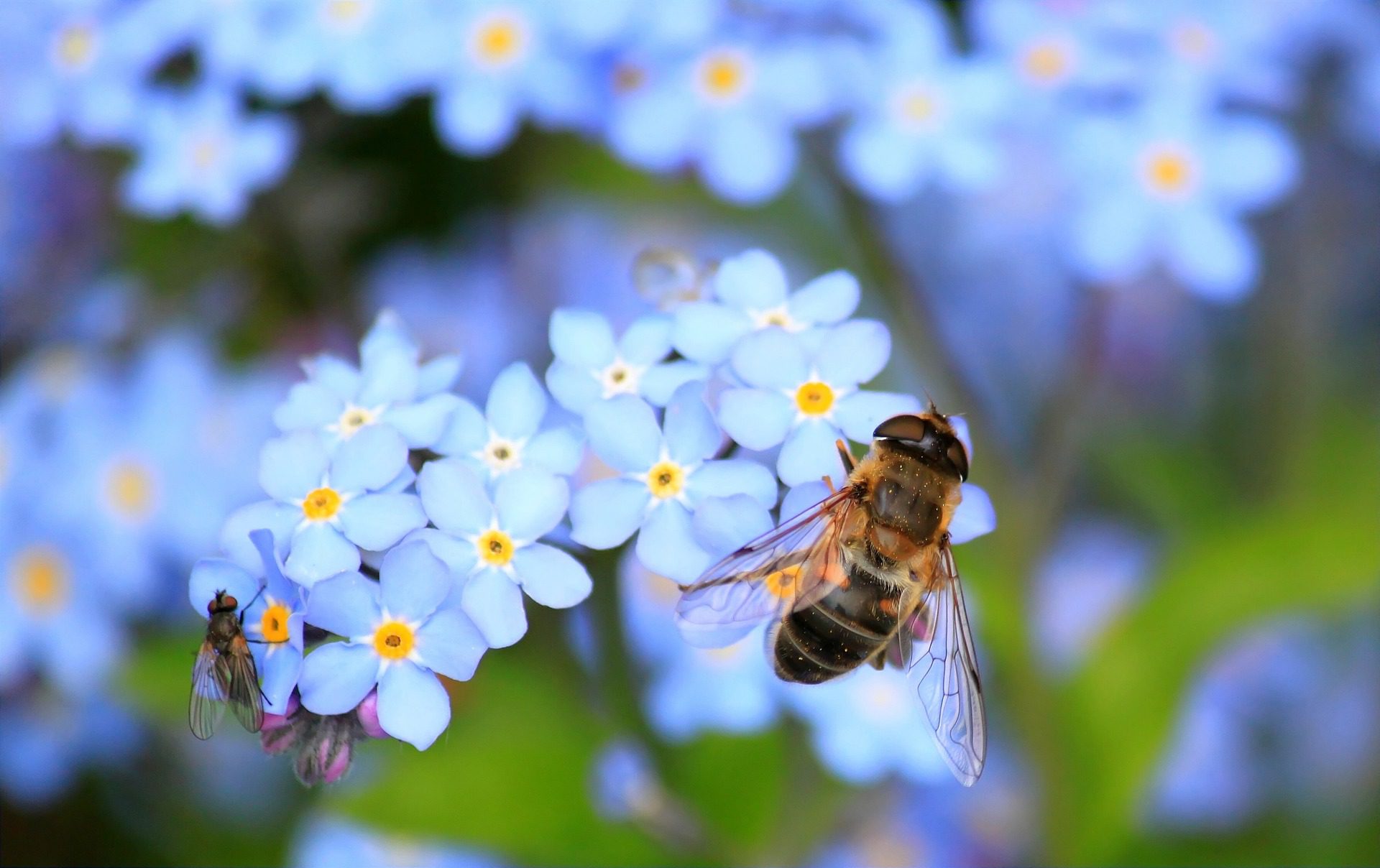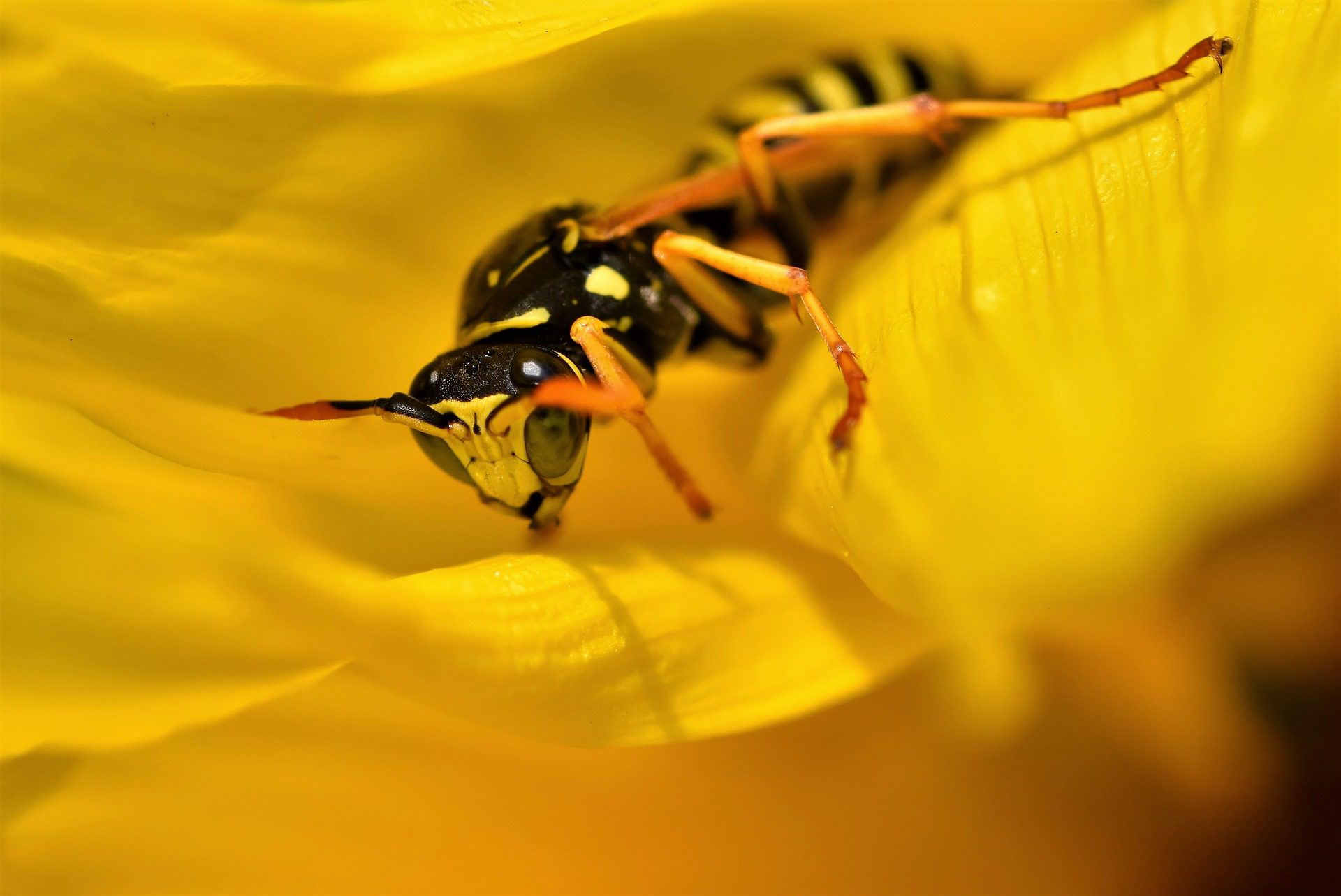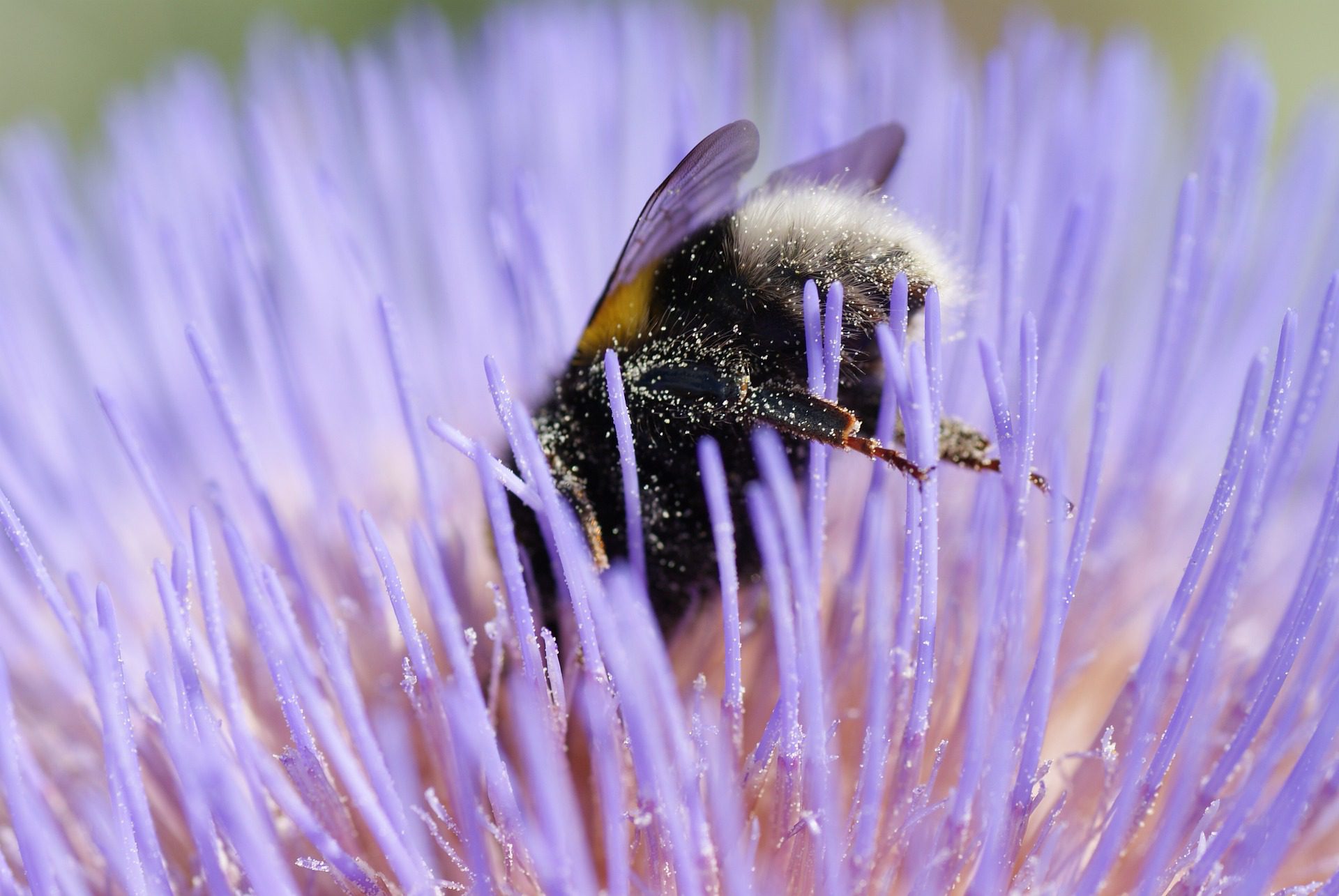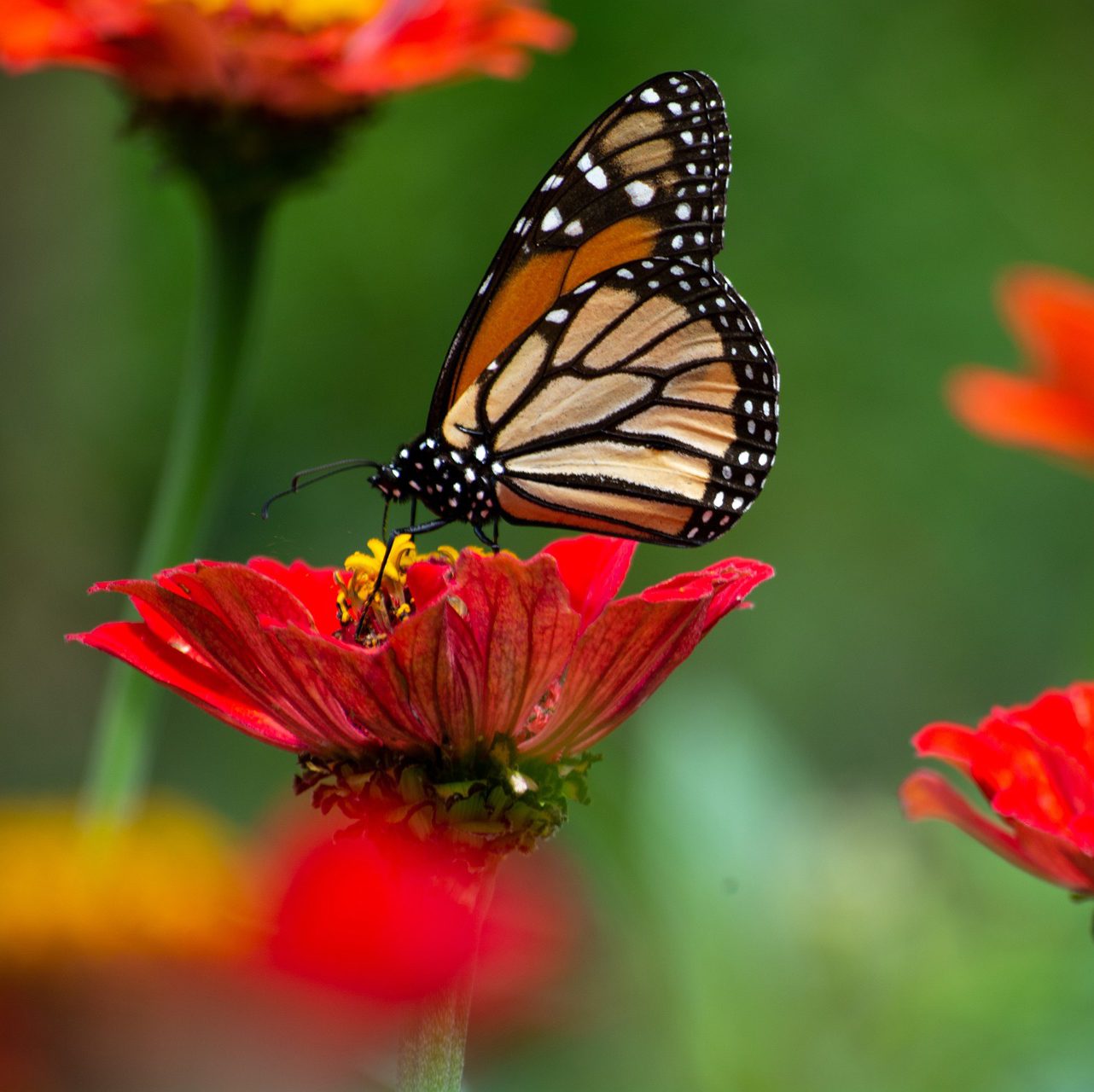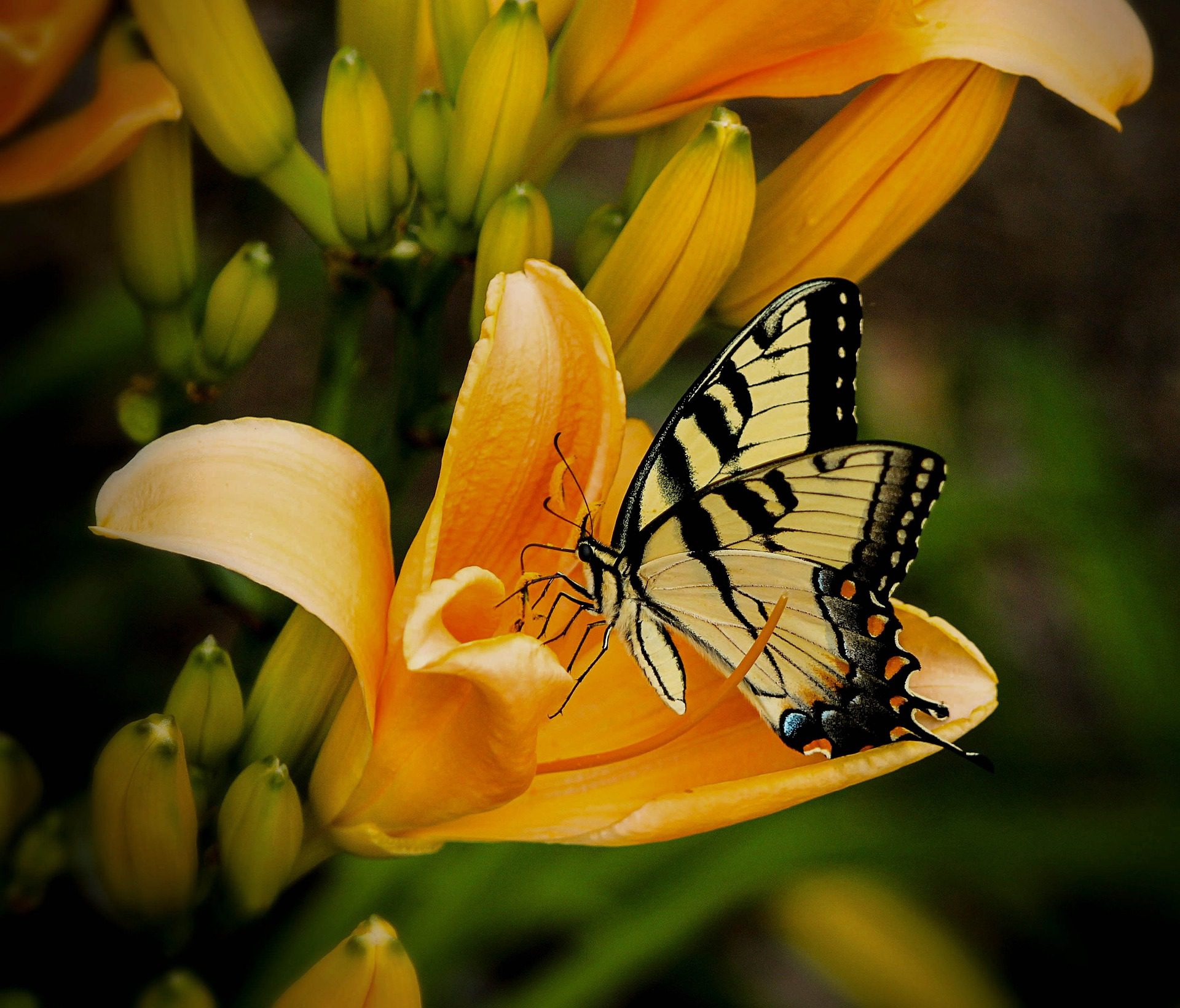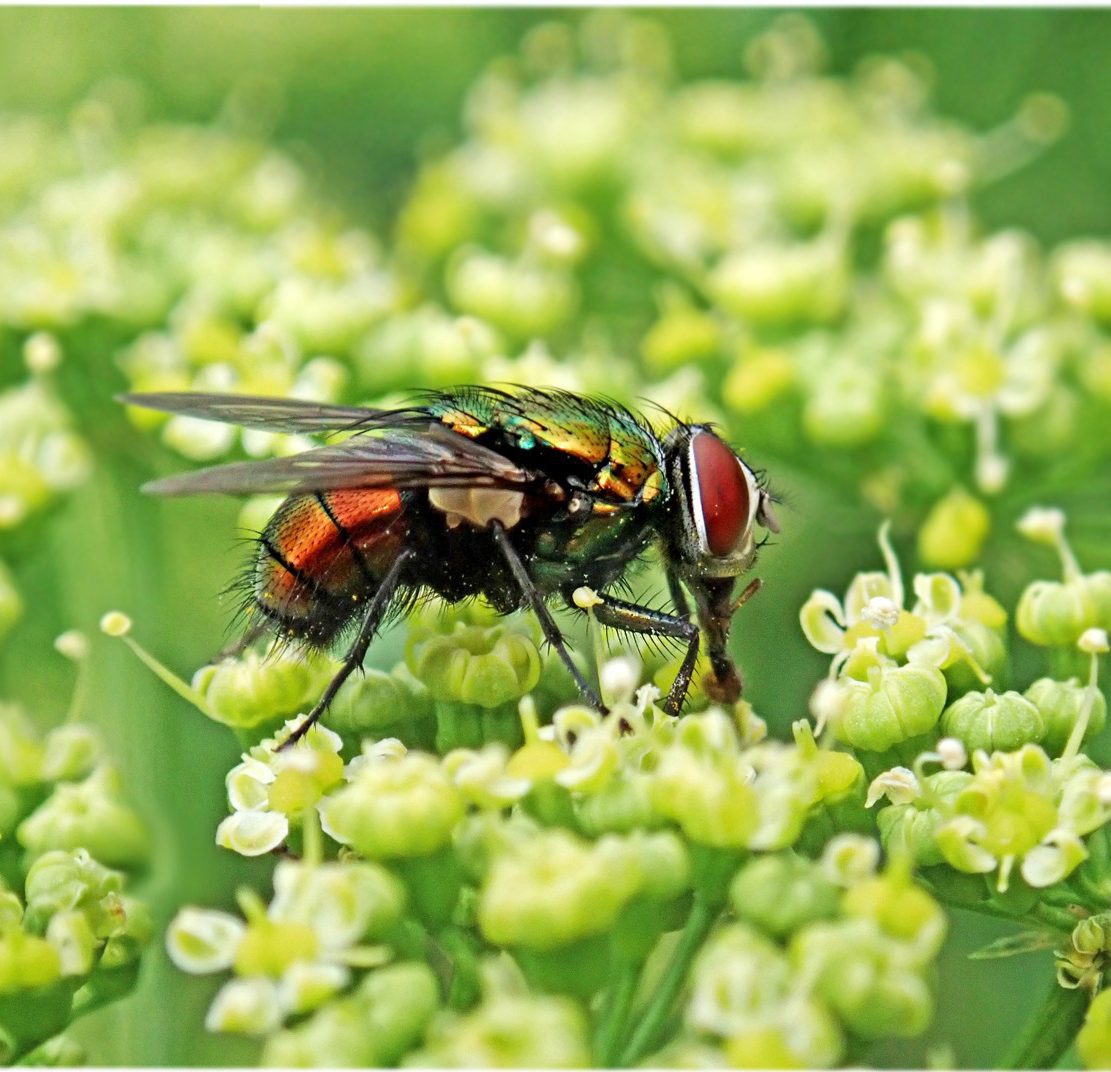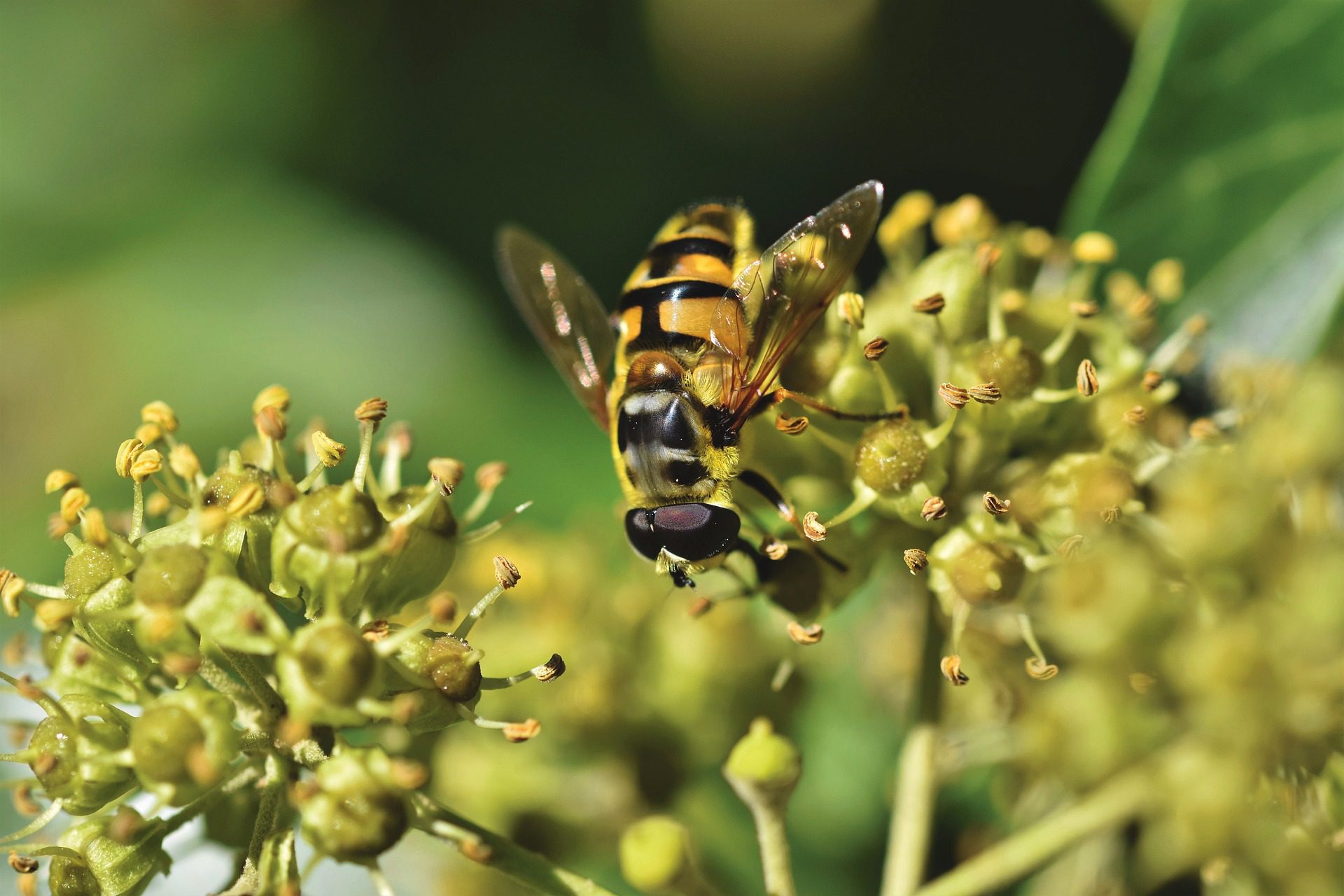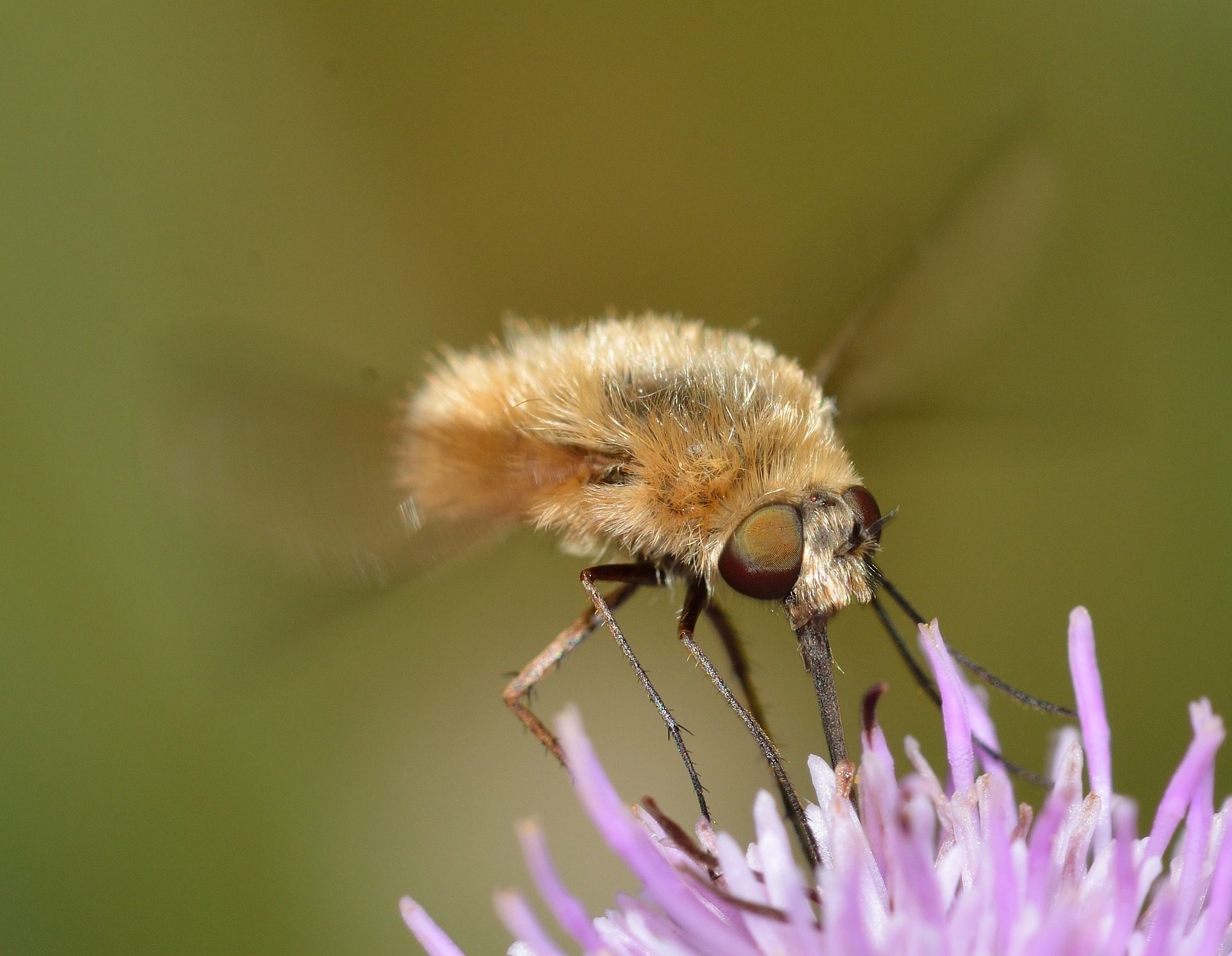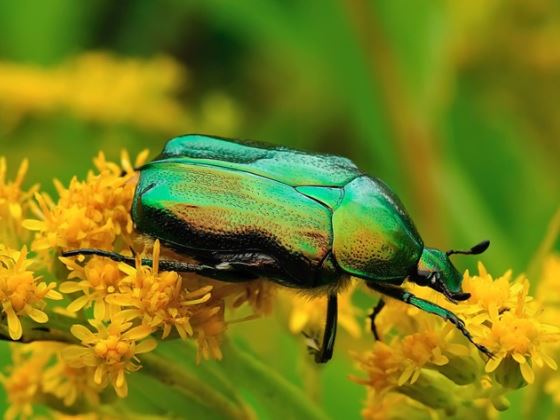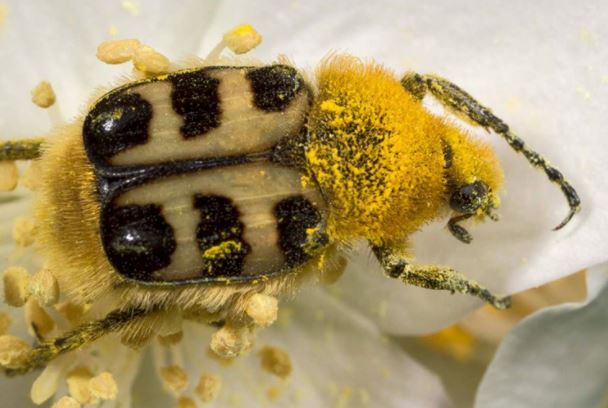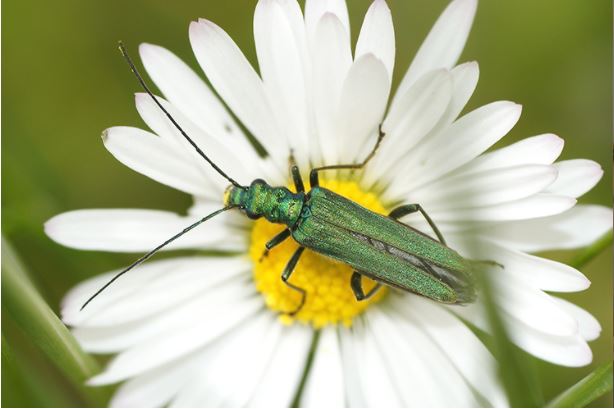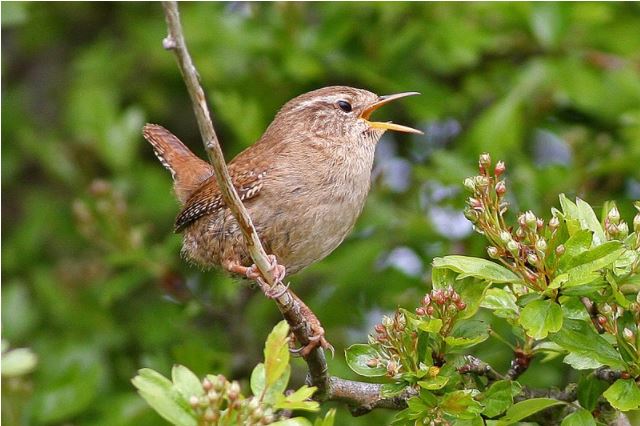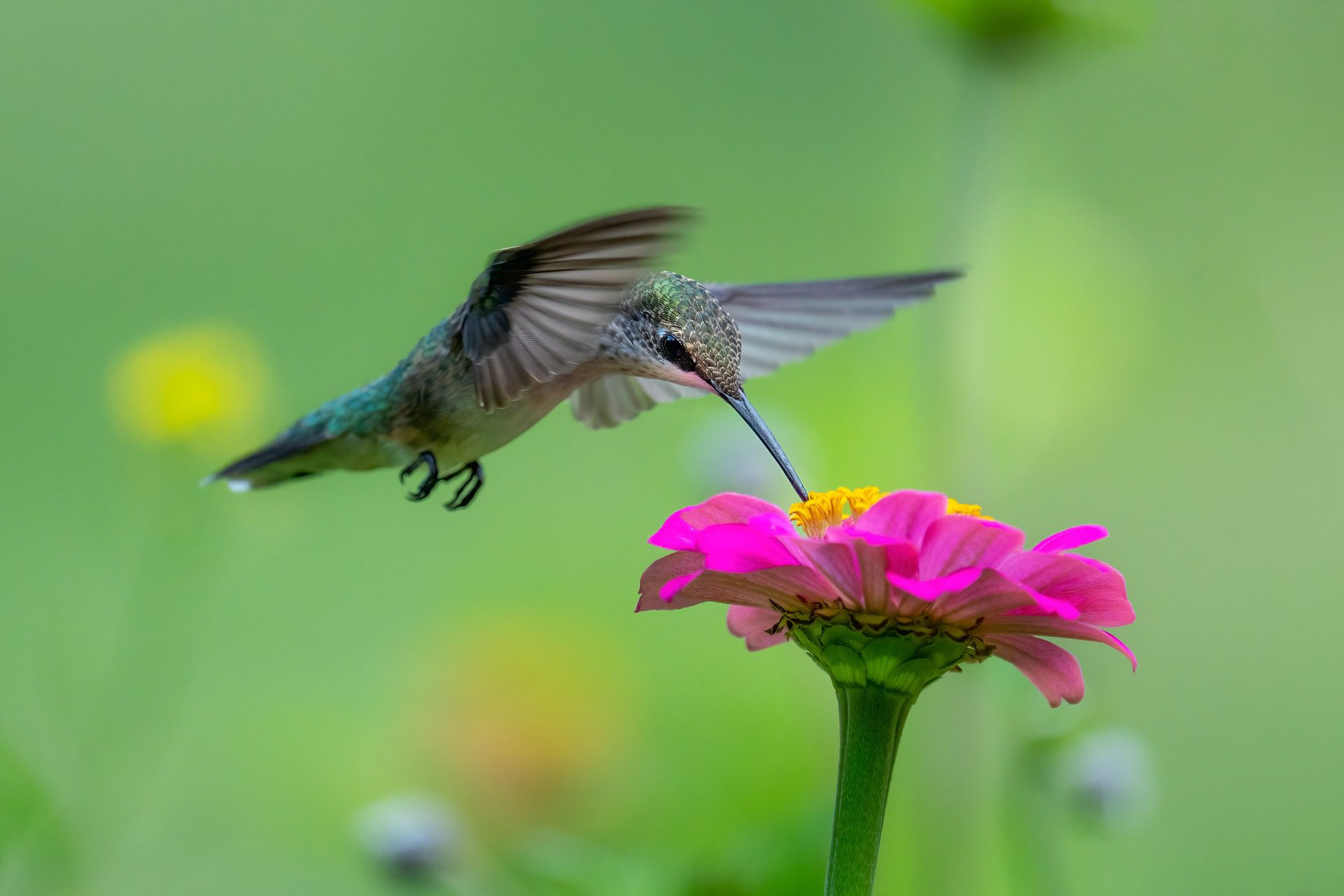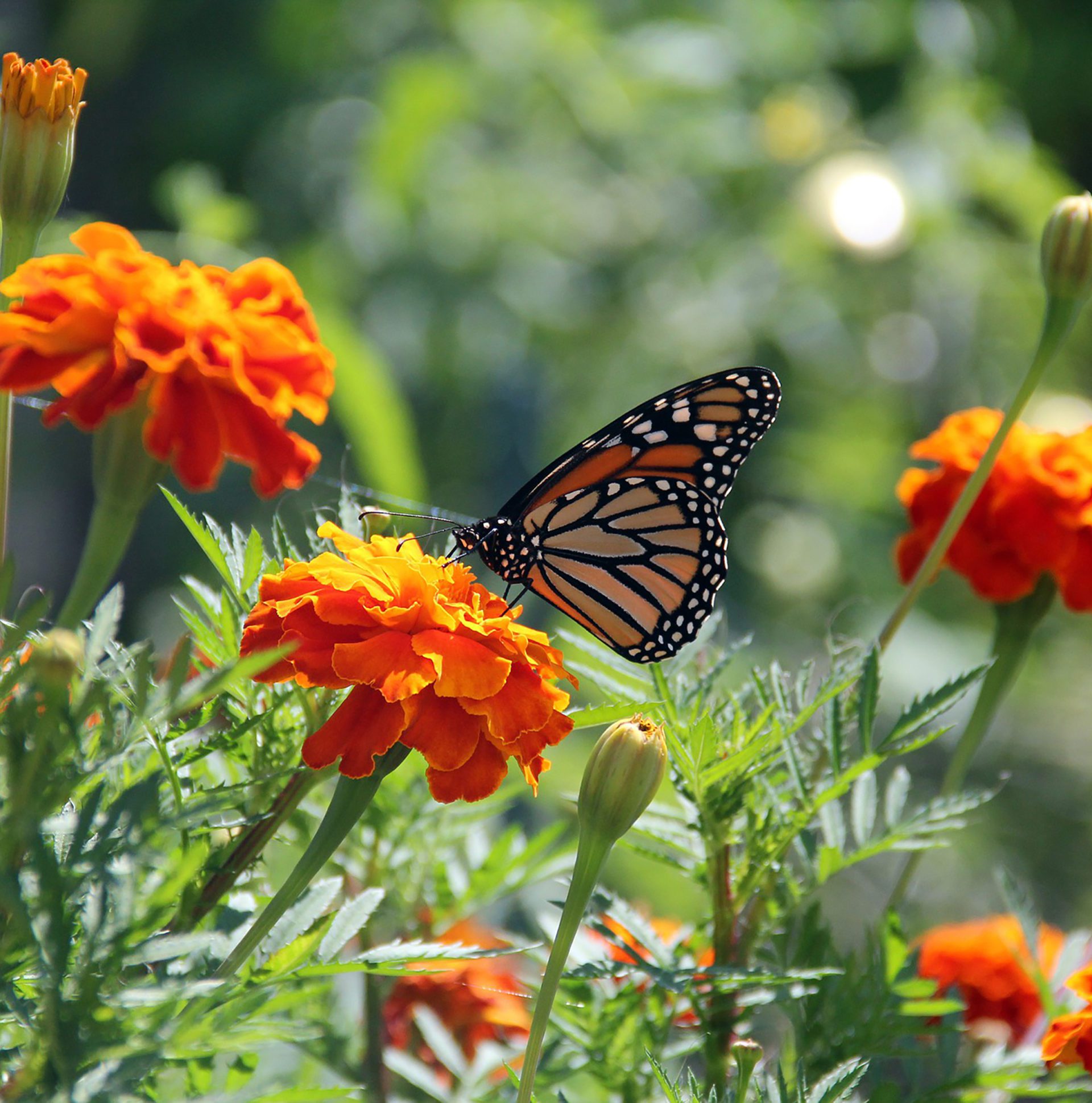
Pollinators
Attracting pollinators to the garden has benefits for both the pollinators and the plants. It allows pollinators such as bees, wasps, bumblebees, butterflies, hoverflies, bombycids and some birds to feed on nectar and pollen. The flowers are in turn pollinated, thus promoting the production of vegetables and fruits.
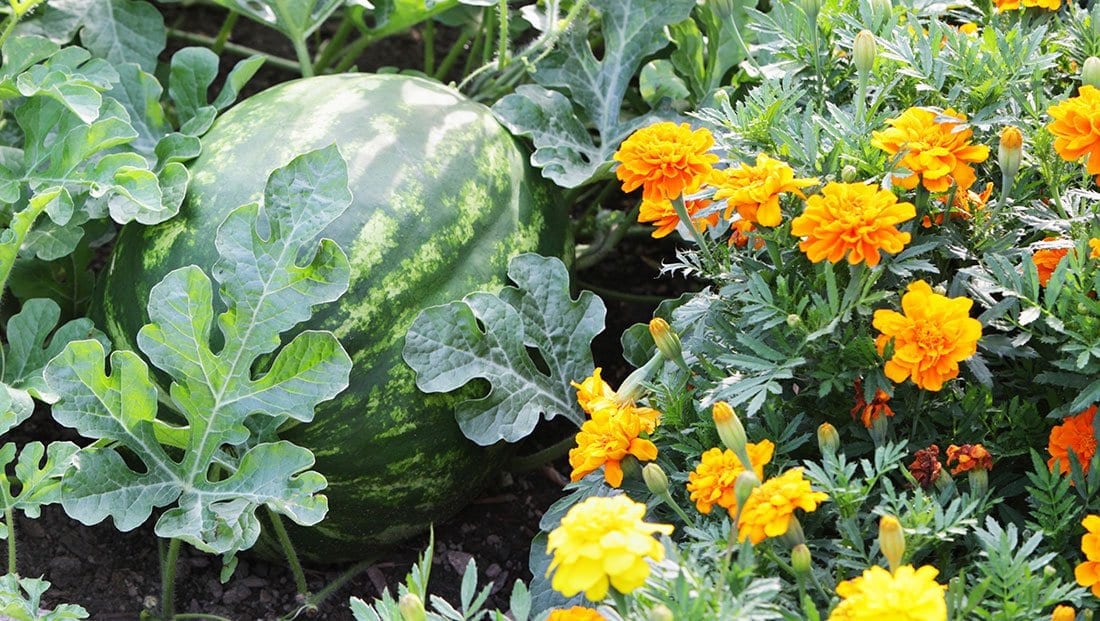
Here’s how to invite pollinators into the garden.
- Grow nectariferous plants in the garden or in borders.
- Make sure you have a variety of plants that will bloom at different stages of the season.
- Incorporate native species into your landscape, as their flowers are generally rich in nectar and pollen.
- Avoid ornamental cultivars with double or triple flowers. Nectar and pollen are often produced in smaller quantities or are less accessible to pollinators.
- Plant a few container-grown flowers if you are cultivating vegetables on your patio or balcony.
- Invite fine herbs to bloom also.
Different floral attributes that attract pollinators
Bee, wasp, bumblebee
- Flower colours : White, yellow or light blue.
- Shape of the Flowers: Shallow, providing a landing platform.
- Nectar : Generally present.
- Pollen : Often sticky and fragrant.
Daytime butterfly
- Flower colours : Bright colours, like red and purple.
- Shape of the Flowers: Narrow tube with spur, wide landing platform.
- Nectar : Deeply buried.
- Pollen : Limited.
Night butterfly
- Flower colours : Red, purple, pink or pale, dull white.
- Shape of the Flowers: Tubular.
- Nectar : Deeply buried.
- Pollen : Limited.
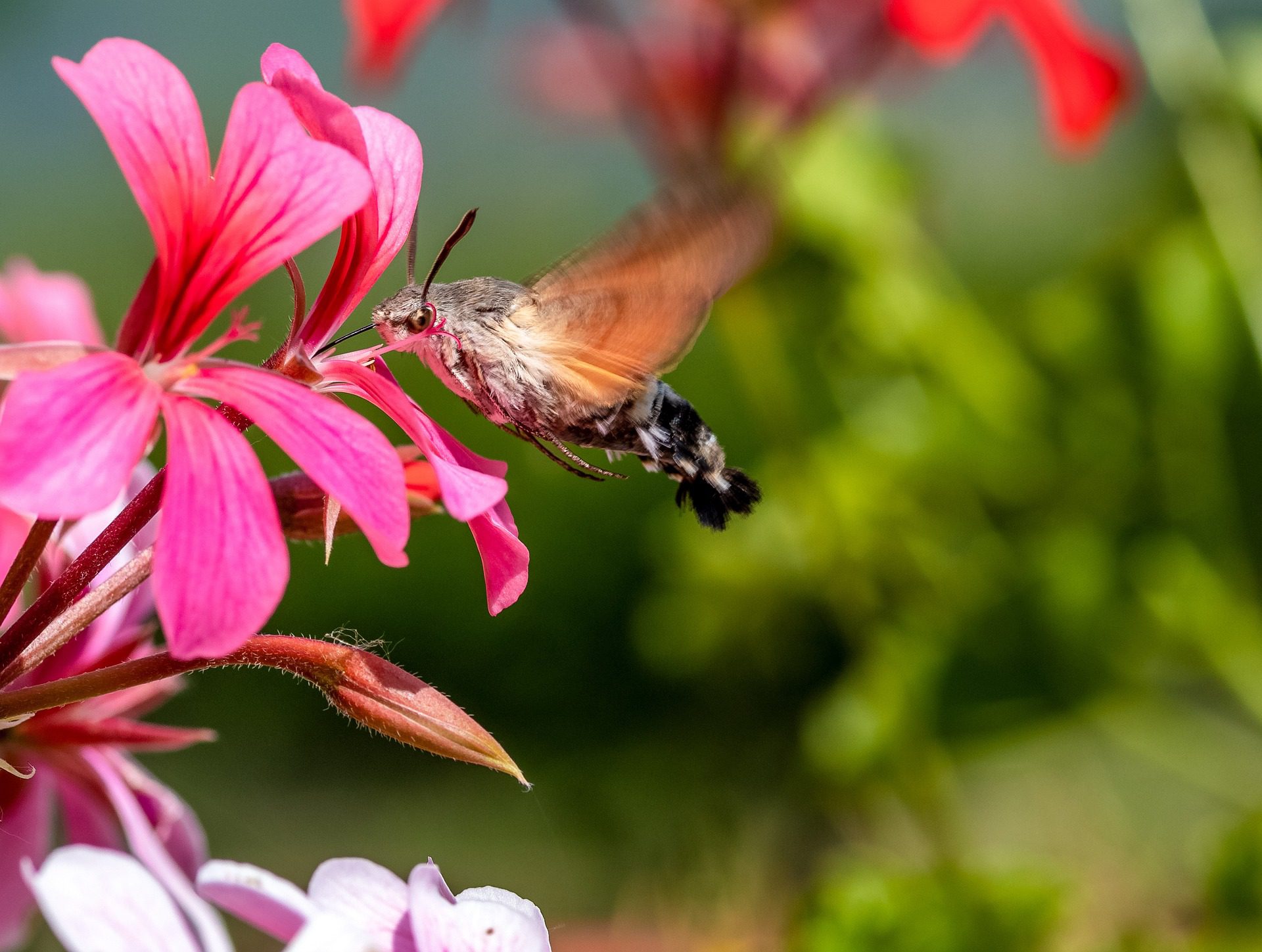
Fly, hoverfly and bombyl
- Flower colours : Brown or a dull purple.
- Shape of the Flowers: Shallow – funnel shaped or complex.
- Nectar : Generally absent.
- Pollen : Modest.
Beetle
- Flower colours : Brown of dull green.
- Shape of the Flowers: Large, bowl shaped.
- Nectar : Occasionnaly present and visible.
- Pollen : Generous.
Bird
- Flower colours : Scarlet, orange, red or white.
- Shape of the Flowers: Large funnel or cup shape that provides a solid perch.
- Nectar : Usually deeply burried.
- Pollen : Modest.

